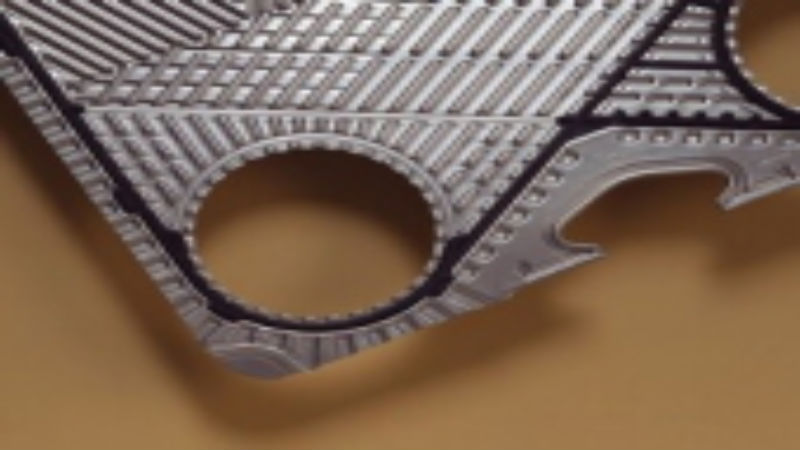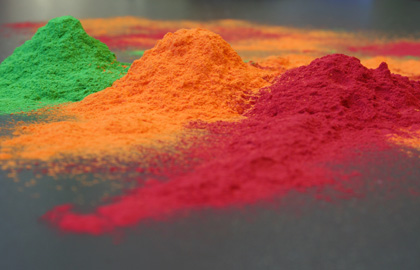Virtually all general use types of valves used in any liquid, steam, or gas handling system can also be found in use in sanitary systems. However, the valves used in sanitary systems go through a different engineering and material selection process, which makes them safe for use in these types of specialized process applications.
To understand the difference types sanitary valves and standard valves used in other applications, it is valuable to take a closer look at the differences in the design and engineering of the valves as well as in the types of materials used in the manufacturing of these components.
Design Considerations
The key to designing and engineering sanitary valves is to create valves that are free from areas where the media can lodge or build in the valve. This is not just for performance sake, but also to prevent the development of bacteria in the valve that can occur if organic or some inorganic substances are present.
Eliminating seams, corners, ridges, and joins in the interior of the valve body is critical. It is also essential to design the valve based on the pressure, flow volume, and the type of media that is used in the process system.
Material Selection
The wetted interior surface of sanitary valves has to be coated or made from materials that are non-corrosive and that do not degrade with exposure to the cleaning and disinfecting solutions used in the industry.
Additionally, the valve material for both the interior and exterior has been selected to meet the pressure, temperature, and even thermal shock and impact issues that are commonly found in sanitary processing systems.


